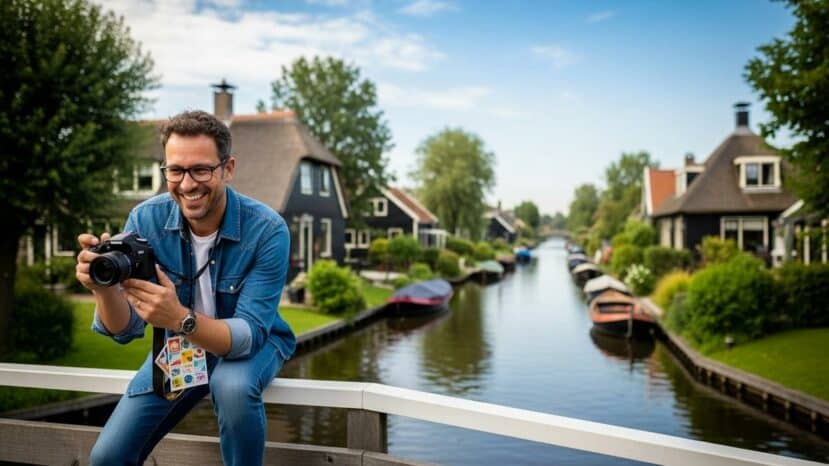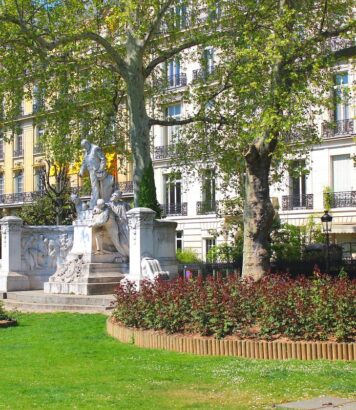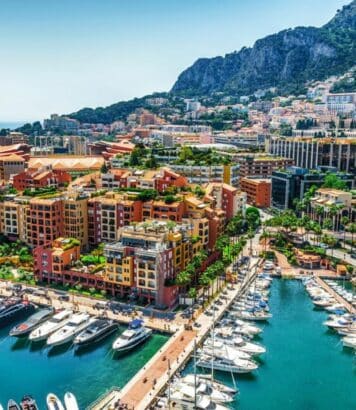Netherlands: a picture-postcard village introduces an entrance fee to curb overtourism

Postcards, canals and thatched roofs: the village of Giethoorn has been the stuff of dreams for years. However, the municipality has confirmed a major change to control the influx of visitors and preserve its living environment.
Why the Dutch village is going to be paid for
The local authorities have approved the introduction of an entry fee for day visitors. Access to the most vulnerable areas will be conditional on a ticket, according to defined time slots. The exact timetable and practical details have been announced by the municipality, and will be communicated progressively. The objective remains clear: to reduce tourist pressure during peak periods.
In concrete terms, the measure will apply on busy days and at certain times. In addition, local residents and workers will be exempt. Flexible controls are planned around the village’s footbridges and landing stages. On the other hand, residential roads will remain accessible to local residents.
Giethoorn has long attracted crowds for its silent boats and wooden bridges. Now, the municipality wants to strike a balance between hospitality and tranquility. The ticket principle does not erase the appeal of the village, but aims to protect it. Visits will therefore continue, but within a more regulated framework.
“We want the beauty of the place to outlive its success.”
Visiting the village without stress: what’s new?
Reservations will become a useful way of preparing your visit to the village. As a result, the municipality is giving priority to online reservations with time slots. You’ll be able to arrive with greater peace of mind, without having to wait in long queues. What’s more, signage will guide you to the appropriate access points.
The cost will remain calibrated so as not to penalize families. In addition, the commune will pay particular attention to off-peak hours, which are often more pleasant. You’ll still be able to stroll around the village early in the morning, or at the end of the day. In short, the scheme seeks a compromise between welcoming and preserving.
- Plan your time slot in advance
- Arrive early or late afternoon
- Use public transport
- Respect the peace and quiet of local residents
- Stay on the marked routes
Residents, businesses and the environment: what impact for the village?
Residents describe daily life as saturated on some weekends. As a result, the system should reduce congestion in front of houses and bridges. In addition, it will help channel traffic flows to suitable areas of the village. Nevertheless, the commune promises to adjust the scheme if any undesirable effects are detected.
Retailers are counting on a more fluid, and therefore more qualitative, flow of visitors. And better-distributed visiting times can extend the season. Restaurant owners will gain in predictability for their teams. On the other hand, the local economy will continue to pay close attention to visitor numbers.
The environmental benefits are tangible. For example, the reduction in spikes limits bank erosion and stress on wildlife. As a result, canals and meadows gain in resilience. The village will be able to invest the proceeds in maintaining the footbridges and banks.
Lessons from elsewhere and the role of visitors in this European village
Venice has already introduced a ticket for excursionists. Other Alpine sites are testing daily quotas. As a result, heritage destinations are adopting management tools. The idea is not to close the doors, but to make them more welcoming.
Travelers also play a key role in the village’s success. Choosing quiet time slots reduces pressure on alleyways. Also, discreet dress and light steps respect the inhabitants. As a result, everyone contributes to the beauty of the place.
Practical tips and alternatives
Before you arrive, read the official directions and look out for areas where entrance fees apply. This will save you time on arrival. Also, check shuttle bus and park-and-ride schedules. The village is much more pleasant when you limit the number of motorized trips.
Think about gentle routes, marked trails and authorized boats. And leave plenty of room for spot checks. On the other hand, avoid unsignposted residential areas. You’ll be welcome and discreet.
If you’re worried about crowds, expand your program to include other water hamlets or nearby museums. That way, you’ll smooth out your day and reduce queues. What’s more, you’ll leave with a broader view of the local culture. In short, responsible travel makes shared pleasure last.





No comments
Post a comment
Always participate in accordance with the law and with respect for others.